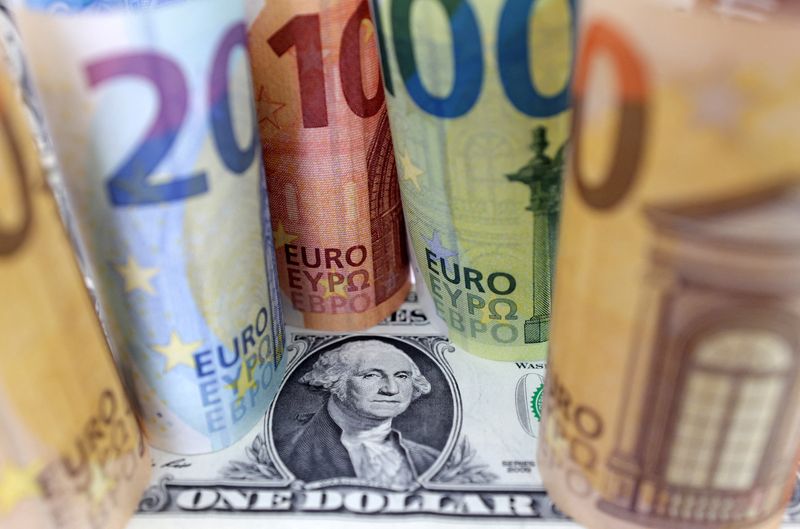By Brigid Riley
TOKYO (Reuters) – The U.S. dollar steadied against major peers on Wednesday as investors continued to take stock of President-elect Donald Trump’s tariff pledges, while keeping an eye on a key inflation figure out of the U.S. later in the day.
The New Zealand dollar rose after the Reserve Bank of New Zealand cut benchmark rates by 50 basis points to 4.25% while noting that inflation had declined to near the mid-point of its targeted range.
Trump’s vows on Monday of big tariffs on Canada, Mexico and China, the United States’ three largest trading partners, have left investors jittery, even if some of the reaction was tempered later in the U.S. day.
“Markets are likely to remain edgy as a second Trump administration brings back uncertainty about policy making in the U.S.,” said Carol Kong, currency strategist at Commonwealth Bank of Australia (OTC:CMWAY).
“This uncertainty can lead markets to ‘sell first and ask questions later’ which is a positive for the USD.”
The dollar was last little changed versus its Canadian counterpart at C$1.4052, below Tuesday’s 4-1/2-year high of C$1.4178.
The dollar remained off Tuesday peak against the Mexican peso, after touching its highest since July 2022 in the previous session.
The U.S. currency also rose to its highest level since July 30 against China’s yuan, on Tuesday.
A ceasefire between Israel and Iran-backed group Hezbollah will take effect on Wednesday after both sides accepted an agreement brokered by the United States and France, U.S. President Joe Biden said on Tuesday. The Israeli shekel hit a three-month high on Tuesday.
The yen, meanwhile, held onto gains made from safe-haven bids amid the turmoil. The dollar was last down 0.19%at a two-week low of 152.81 yen.
The dollar has experienced some turbulence in the past few sessions, falling on the back of Trump’s late Friday naming of hedge fund manager Scott Bessent to become U.S. Treasury secretary, before surging after Trump’s tariff vows.
The dollar index, which measures the greenback against six rivals, was last down 0.07% at 106.83.
The main scheduled news release left this week is the October Personal Consumption Expenditures (PCE) price index due later on Wednesday.
Fed minutes of the central bank’s November meeting released on Tuesday showed many policymakers in agreement that it was appropriate to reduce policy restraint gradually.
The euro was little unchanged at $1.0493, while sterling last fetched $1.25735, up 0.05%.
The Australian dollar was mostly flat at $0.64755 after domestic consumer price inflation stayed at a three-year low in October.

In cryptocurrencies, bitcoin was trading at $91,795, keeping well below the record high of $99,830 it touched last week. Bitcoin has struggled to rise above the symbolic $100,000 barrier as profit-taking set in.
It has climbed more than 40% since the U.S. election on expectations Trump will loosen the regulatory environment for cryptocurrencies.



